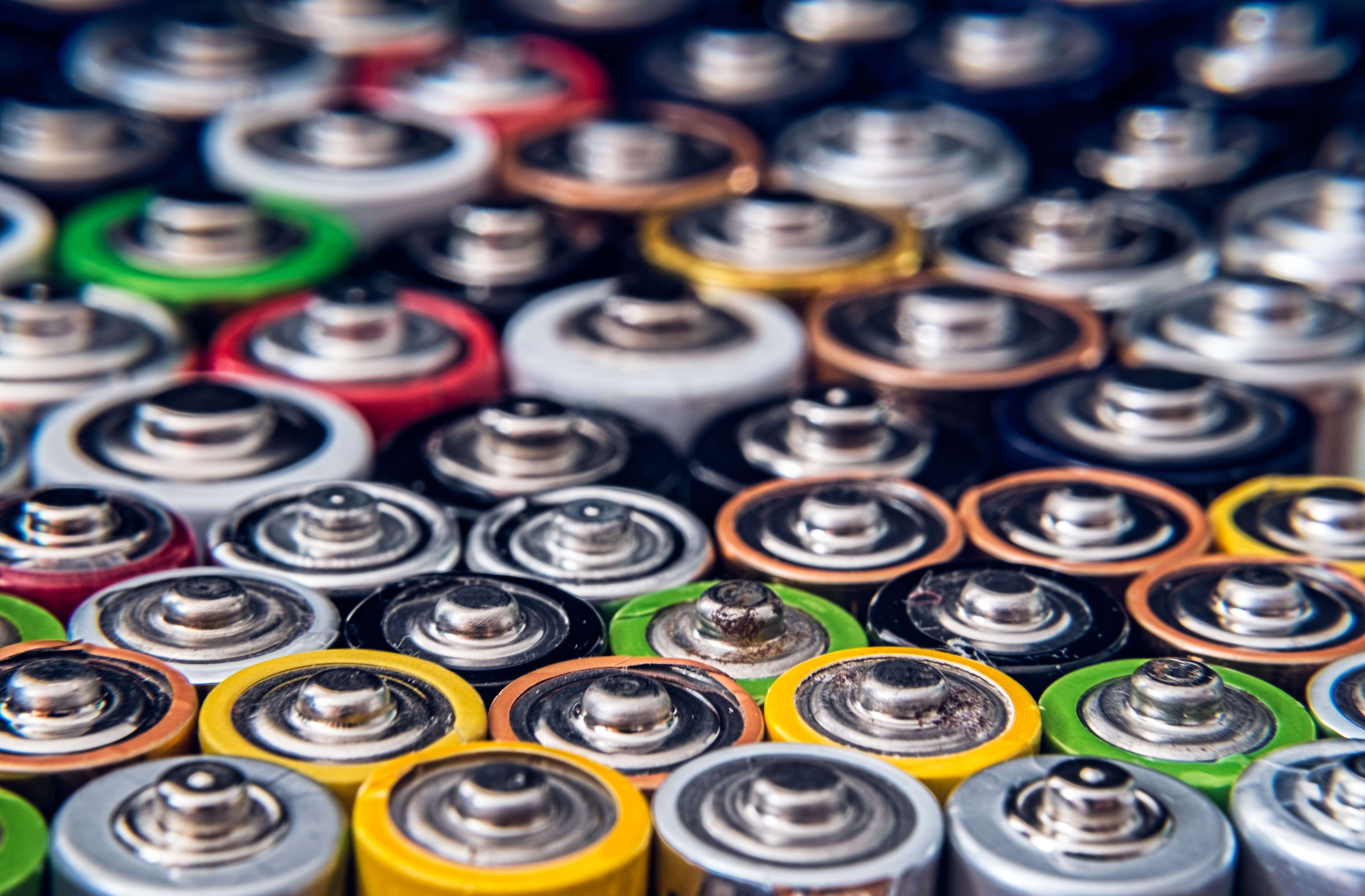Introduction: What is a lithium-ion battery?
Lithium-ion batteries are a powerful, lightweight and very high energy density battery that are used in consumer electronics, as well as energy storage systems for renewable energy and electric vehicles. These rechargeable batteries are also prized for their high energy storage capacity . Several types of lithium-ion batteries are on the market which use different metallic compounds like manganese or iron, but their core component is lithium. Average rechargeable lithium-ion batteries that are found in electric cars are made up of 8 kilos (17 lbs) of lithium carbonate, 35 kilos (77 lbs) of nickel, 20 kilos (44 lbs) of manganese and 14 kilos (30 lbs) of cobalt.
History of Lithium Batteries
Lithium batteries were developed and entered into circulation in 1985, at which point they out-competed every other portable battery on the market thanks to its high energy storage capacity. These batteries are found in everyday electronics, from remotes to phones, laptops, and other household appliances. The invention of the lithium battery had such a deep impact on society, the researchers behind its creation were awarded with the 2019 Nobel Prize in Chemistry.
These batteries have led the world to become increasingly reliant on technology. With current transitions underway to create low-carbon economies and societies, several technologies have emerged that are capable of reducing the global carbon footprint. Alternatives such as micromobility, EVs, and renewable energy are rising in popularity and all need some form of energy storage in order to function. They need a rechargeable battery. As such, rechargeable lithium batteries’ high energy capacity a made them the go-to choice.
Future of Energy Storage
No other battery has so far matched the energy storage and recharging properties that lithium-ion units exhibit. Alternatives such as salt batteries have yielded interesting results, but are still far behind in research and development. Lithium-ion batteries, however, are able to compete with themselves. The main components of lithium batteries are carbon or silicon anodes, a metal oxide, and lithium – with numerous battery metals on the market, this has led to the development of various different types of lithium-based batteries.
Lithium-ion batteries are the future of energy storage at every level, and whichever metal oxide-lithium pairing is eventually found to work the best – it will still require large amounts of lithium. New lithium based chemistries are arising to increase the energy density of batteries. The importance of energy storage to the low-carbon transition is evident. The International Energy Agency (IEA) projects that the market for renewable energy and lithium batteries could be worth $27 trillion by 2050. Recently, President Joe Biden unveiled a $5 billion funding plan for EV chargers and their associated infrastructure. However – it all starts with lithium.
Lithium-ion Battery Outlook
The battery market, its associated supply chains and infrastructure will continue to grow. Between 2020 and 2021 EV sales grew by over 80%, while global governments have made concerted efforts to replace fossil fuels with renewable energy, and laid out a pathway for further decarbonization. With no other battery technology able to compete with lithium-based units, it is guaranteed that lithium is the most integral element to the successful transition towards a low-carbon future.
“Renewable energy needs high-capacity storage, the electric transport sector needs batteries – a reduction in fossil fuels will help drive demand for both of these. Lithium is at the center of this transition,” explains our VP of Growth Strategy Milda Saenz, “With the world not on track to meet carbon emissions reductions and limiting global warming, the need for a rapid shift towards EVs, renewable energy and their associated batteries is clearer than ever – and this is a clear win for the lithium sector.”
Conclusion: The Lithium-ion Battery is the Future
There is no debate that lithium-ion batteries are currently the best, and different types of next generation lithium-based batteries will dominate the energy storage landscape for the coming decades. However, one thing that needs to be addressed during this time is how the lithium industry transitions to a sustainable framework itself. More can be done to protect the local environments in which lithium is sourced, and steps can be taken up and down the supply chain to ensure that the low-carbon future we are building has strong foundations. Solutions need to be implemented from brine to battery, and EnergyX expects to be at the forefront of the sustainable lithium movement.

